Meet Matthew Polstein
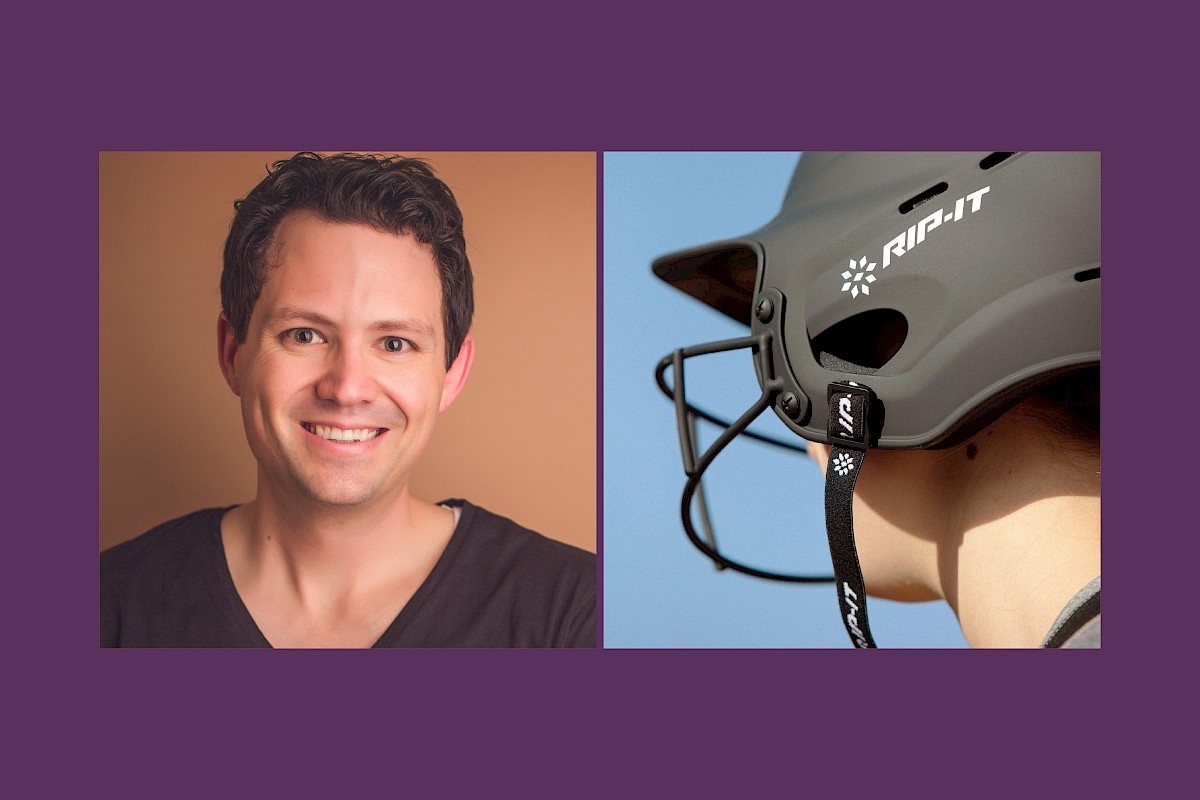
Meet an innovative and pioneering business owner
Matthew Polstein is the Co-Founder and Co-CEO of Rip-It, a company committed to empower women athletes. Their sports equipment is designed specifically to tailor to female proportions, enhancing performance by addressing their needs. We love Rip-It’s commitment to narrowing the gender gap in sports performance, and we are proud to partner with them as our supplier for our softball helmets and face masks that we offer through our program. We recently caught up with Matthew and he shared what led him and his family to start Rip-It and his passion behind their mission.
Q. Let’s start with your story. What led you to start Rip-It?
A. We were a family of three kids—myself, my brother who’s older than me, and then our younger sister—and we were a sports family. We saw a pretty big divide between what the athletic experience was for us growing up, particularly in baseball, versus what our sister dealt with. She was being asked to use men’s gear as opposed to that developed specifically for her. I’ll admit—she was the best athlete of the family and she was having to deal with what was an inferior athletic experience. And so that just impressed upon myself and my brother that this was an issue that needed to be solved.
She got injured one year—she broke her nose playing. And she wanted to keep playing, and our dad who’s the engineer—unlike other parents who probably would have just gone to the store—he gets out his welding equipment and builds her a facemask to wear so she could keep playing and prevent her from getting hit in the face with a ball again. At that time, no one had really considered softball its own sport. Everything that was made was made for a boy with no differences for her, like the openings made wider so she could see better. So, he built this version specifically for my sister, a softball player. And she started using it, and the other parents were really interested. At this point, my brother and I were just getting started in our careers, and we decided to take this product and really try to turn it into a brand that’s focused on improving the athletic experience for women and girl athletes. And that's been our focus since 2006. And, yeah, it’s been fun.
Q. What inspired the name? We’re going to guess it has something to do with hitting the ball hard.
A. It was—I’ll give you the more comical behind-the-scenes story. None of us at this time were marketing people. The mask was all about having better visibility but having protection, so our dad just came up with this little tagline that was something like, “See the ball and rip it.” Our logo was a little frog sitting on a home plate because of ribbit…ribbit. And then, a few years later, we hired people who actually knew what they were doing, and they said, “I don't know if a frog is the right logo, you know?” But yeah, Rip-It really just came from, See the ball and rip it and and eventually just became Rip-It. I think there are frog stickers that still float around the office because we used to hand out little frog stickers to people at events and now people at work get frog stickers when they do something extraordinary. So it lives on.
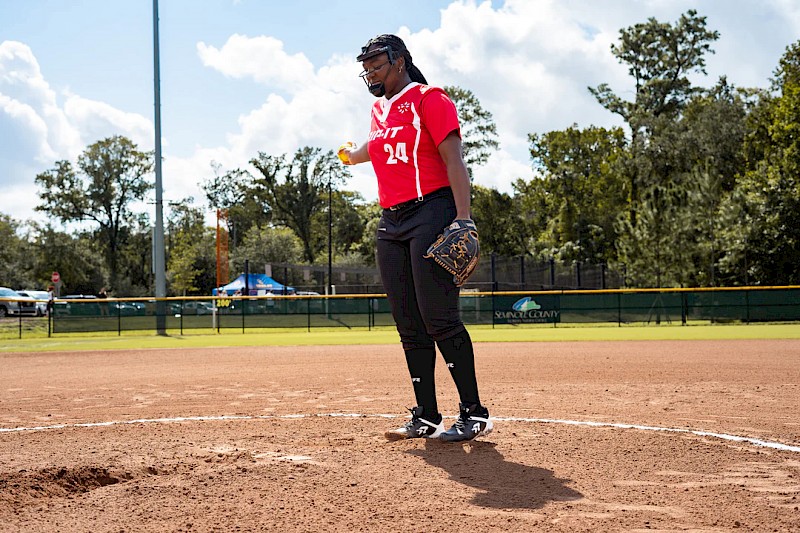
Q. How were you connected with the Superspecs program? It’s such a great match.
A. One of our sales reps based up in the Ohio area connected with Laura at Superspecs and he relayed the whole story about what they’re trying to do. And we thought it was a perfect opportunity to find solid mission alignment and really try to help make a difference. Once he made that initial introduction, we were all in and it’s been great!
Q. We know that you design all of your equipment with safety and performance in mind. What type of features and technology do you incorporate into your helmets and face masks that keep girls safe and able to play harder?
A. We focus exclusively on serving the female athlete. One of the big issues of women in sports in general is a “pink it and shrink it” mentality—which is where some of the other brands are spending 90% of their time trying to build a better “whatever” for the boys. And then once they’re done with that, with the 10% of the time they have left they’re like, “Okay, well now it just gets smaller for girls or add some pink to it.” Because that’s what she wants, right? We know that’s not true.
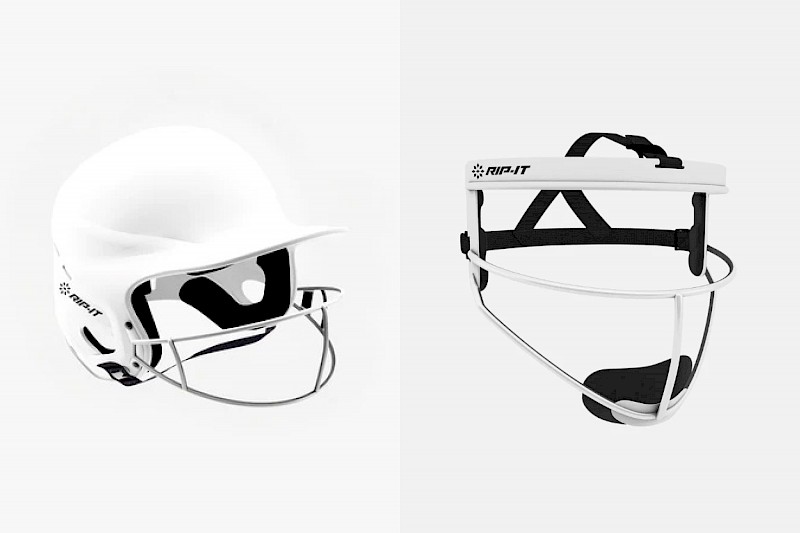
Regarding a fielder’s mask, first of all, head sizes are different between boys and girls. We need to ensure that it fits comfortably and it’s not too hot. I know that’s not necessarily protective related, but in the end, if you want to protect your daughter’s eyes or her face, the first thing you need to make sure of is that when she puts it on, she doesn’t want to take it off. Because if she refuses to wear it, then it’s lost its purpose. So, a lot of our focus is this idea, starting from day one, that designing for her ensures that she gets a better product.
The helmets are another good example where the protective side isn’t that hard to develop. We need something that’s going to stop a ball, but in the end, how do we design something that provides protection but doesn’t negatively impact her ability to play, and makes it so she can still see well? How do we make sure that when she puts the helmet on her head, it’s stable and it’s not wobbling around, so she’s not being negatively impacted in terms of her overall sports experience? Maybe our secret sauce is designing for women first from the ground up. We never think about what the boys need—there are plenty of brands that are focused on that. This ensures that she is finally getting the products that she deserves.
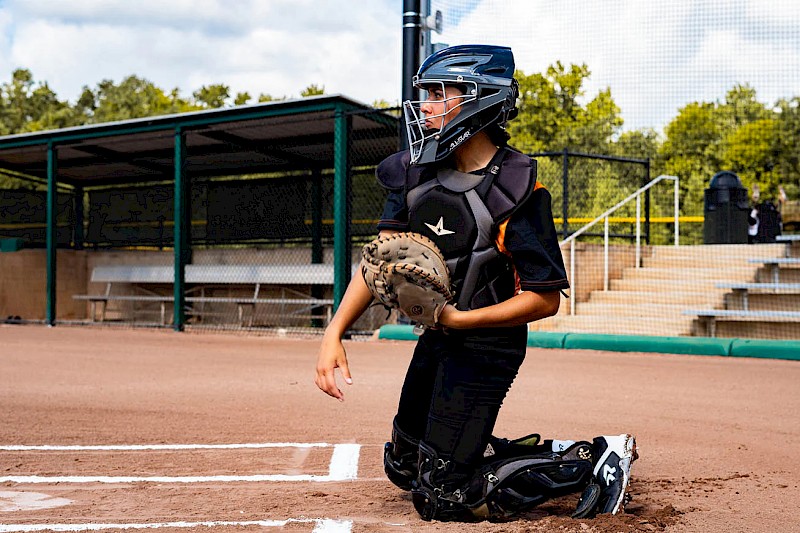
If we think bigger picture—what this is all about—that’s where we find a lot of alignment with Superspecs. When we’re thinking about women’s athletics, it’s not something that we ask our daughters to do because there’s some professional path to making millions of dollars. Parents put their daughters into sports because they know the benefit of playing sports. They know that they learn teamwork, they know that they learn body positivity, they know that they learn grit—all these things that help to carry them through their life.
And there’s also this pretty sharp drop off in participation that is different between boys and girls. Participation is pretty even when they’re young. And then at around age 14, around 60% of girls stop playing sports. And that’s a lot more than what you see on the boys’ side. That’s a huge percentage and the opportunity to gain the benefits of team sports gets lost by that 60% of girls that are dropping out. So for us, how do we make them feel valued in the sports they’re playing? And how do we ensure that the product and the brand and the experience is something that makes them feel like they’re not second to the boys in the hopes that keeps them playing? Ultimately, that’s the biggest goal for us. We want to inspire girls through what we do so they feel valued.
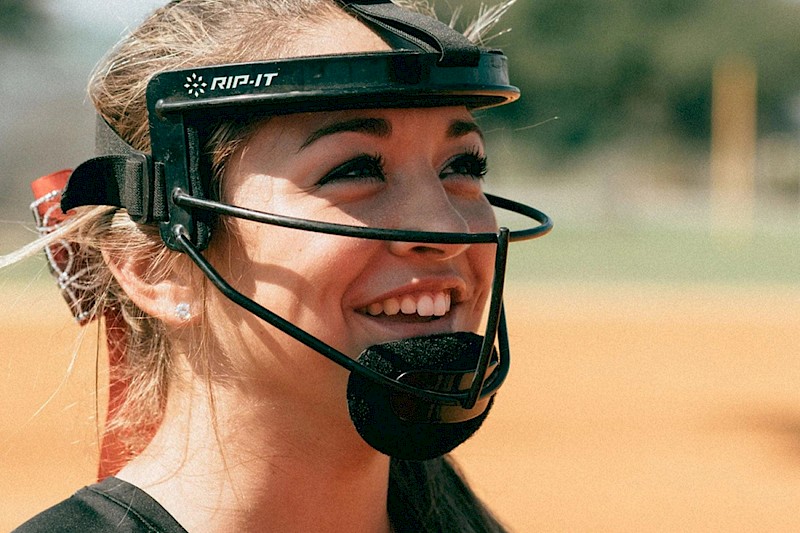
Q. What advances have been made in the world of sports that you’re excited about?
A. It’s been a long time coming, but I feel like for the first time probably ever, there’s definitely been this movement towards better supporting women’s sports. It’s almost like everyone’s woken up and said, “Man, look at all these incredible athletes out there that are playing.” And it’s creating so much great positive attention towards female athletes. But it’s also helping to point out the differences in experiences. There’s been some awakening toward that we need to better support women and girls in sports, and it’s been something that’s been lacking. And we’re excited about that.
We’re still at the tip of the iceberg in terms of improving that experience for her. While it’s not protective related, I think footwear is a great examples where, regardless of what sport she's playing right now, odds are she’s wearing a man’s shoe. And that’s not because she went to the store and in said, “Hey, I'm going to buy a man’s shoe.” She went to the store and she bought a shoe that was labeled for girls or women. But what the average consumer doesn’t know is that almost every shoe out there is built around a man’s foot shape, because there’s a lot of molds and it’s expensive—and it costs a lot to do that. And so these giant brands—they build one mold, and then they say that all the shoes are going to be based on this foot. And then everything’s built around that and there’s a huge difference. It has a huge impact on girls’ ability to play but they don’t even know it. Girls who play soccer have a 5% chance of tearing their ACL every year they play in high school. For men, it’s like a fraction of a percent. The shoes they wear is part of what drives that.
And so one of the big things that we’re doing right now is building footwear across sports that are built from the ground up for a woman’s foot, accounting for the anatomical differences in female athletes. And it’s great because it’s having a profound impact on them. When they put on the shoe, they realize that this is what shoes are supposed to feel like—that their feet aren’t supposed to hurt while they’re playing.
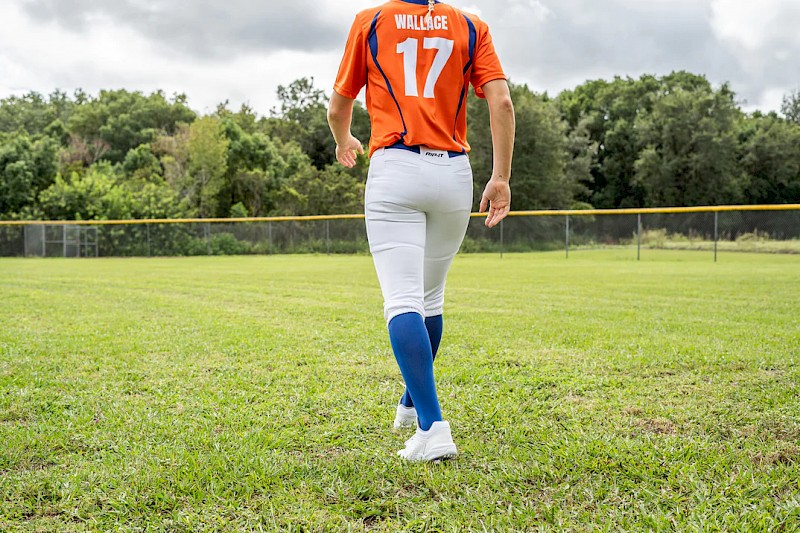
Q. Okay, so a little bit of Matthew motivation. What’s your keynote graduation speech—because we know you’re an inspirational guy.
A. So, I'll admit I’ve taken this from observing the softball community. I think the real inspiration is having confidence in yourself. Really having confidence in the person that you are in what you believe in. There’s so many things to do. So many ways to live life. So many experiences to have. Particularly now, when you look at social media and the prevalence of that, there’s so much pressure to be this way or be that way, but in the end you’re only you, right? So, being confident in knowing the things that make you, you, are truly special. Whatever those things are, be comfortable leaning into those things and know that’s the special talent or your secret sauce and continue to believe in yourself.
As it relates to those things, I honestly think that’s the secret to life. Just be true to yourself and don’t worry about what that means for everybody else. Focus on the things that make you happy and continue to do those things day in and day out. The definition of joy is a subjective, not objective. So you get to decide what brings you joy and let go of the things that don’t.
–––––
A super appreciative thank you to Matthew for his time and continued support of our program. For more information about Rip-It’s mission and dedication toward female-focused sports equipment, learn more here.
- Topics:
- Eye Safety
- Partners
- Community
